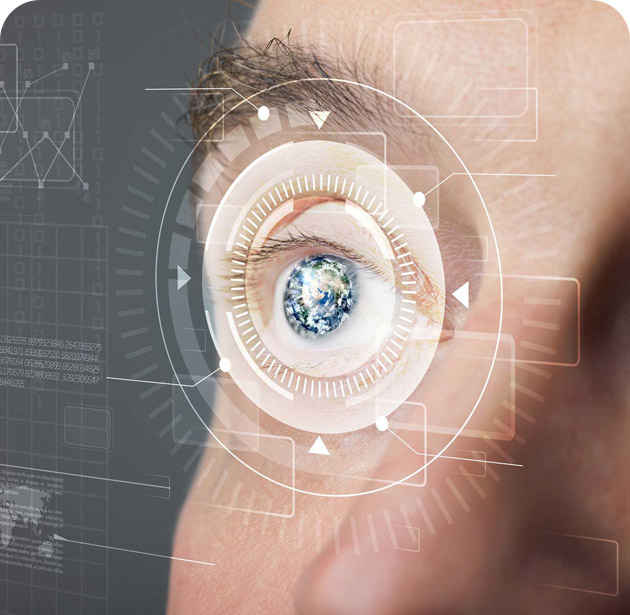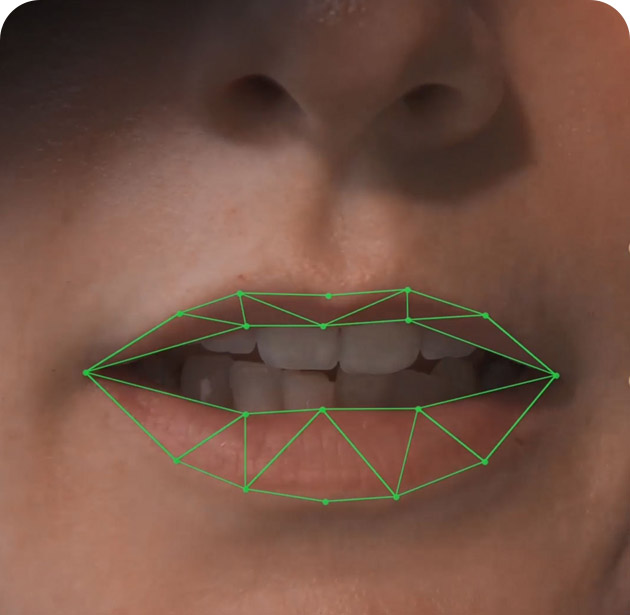Liveness Detection
With the increase in the provision of electronic and remote services, the use of facial biometrics for remote authentication or face-to-face authentication and access control is one of the most common methods used in many access control applications due to its simplicity and availability. On the one hand, this technology, like all common technologies, faces the problem of vulnerability to attacks and hacking, and bypassing. In facial recognition systems, presentation attacks known as direct attacks or fraud attacks are one of the main concerns of using this biometric method. The presentation attack aims to bypass the facial recognition system by using an artificial face display. Common uses of the fake face include printed photos, electronic display of a face photo, video playback using an electronic display, and 3D face masks. However, to deal with this risk, liveness detection methods have been developed that, with different algorithms, identify presentation attacks in face recognition systems and prevent security damage.
Using the knowledge of its experts in the field of security, artificial intelligence, and machine learning, and using its two decades of experience in the field of providing smart in-person authentication solutions based on biometrics and access control, Sepid System Company provides algorithms for detecting liveness in two ways: services and modules.
Sepid Service and module of detecting liveness
By using modern machine learning methods, especially image processing and deep learning, Sepid System has designed and implemented a set of the most efficient algorithms for detecting liveness from the face. It receives the face from the image file (photo) or the streaming video, and after detecting the location of the face, normalizing the image and removing noise, analyzes it to determine whether it is alive or not.
Sepid System has developed two categories of liveness detection methods, including passive or non-interactive methods (Passive) and active or interactive methods (Active), that can be used alone or in combination. The non-interactive method includes the detection of liveness in short video images or photos. In this method, by sending a video/image and extracting the necessary information from it, the person detects liveness indicators by image processing methods such as frequency analysis and video/photo content and determines the degree of liveliness accordingly.
To increase the efficiency in liveness detection, active liveness detection methods (interactive) such as blinking and head movement detection, or more serious challenge-response methods including lip reading and speech recognition are used.

Blink detection
This module, as one of the liveness detection services, upon receiving the video, randomly asks the user to blink at several times, and based on the correctness of the user's response and video content analysis, it measures the level of liveness.

Lip Reading
In this module, the person is asked to read a few words (three to five) that are generated randomly and at the moment, and the person's liveness is ensured by recognizing the accuracy of reading those words. The random generation of words prevents playback spoofing (with videos taken from the person).

Speech Recognition
In this module, a text sentence is randomly displayed to the user and he is asked to read it. The read speech is converted into text by the speech recognition service of this company, and based on the correctness of the read text the person's liveness score is calculated. This module can be provided for both Persian and English languages.

